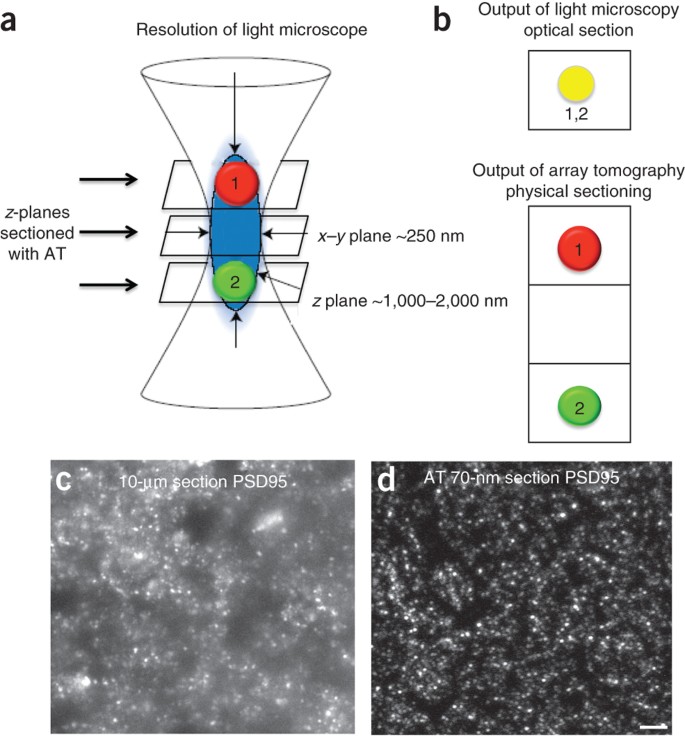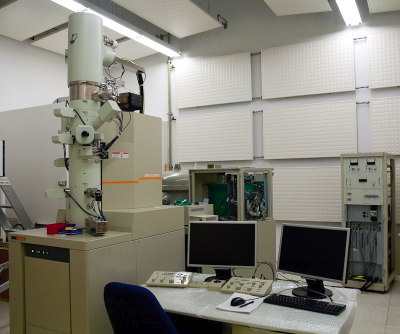

1, 2, 3 Since the early 1990s, studies of the degeneration, neuroprotection and regeneration of the neurons of the central nervous system departed from descriptions of neurons as either dead or alive, and the notion of neuronal health as a dynamic equilibrium that spans a spectrum between resilient and vulnerable neuronal states came to be accepted. In women, premature ovarian failure or menopause, is characterized by a significant decline in the circulating levels of the ovarian steroids, estrogen and progesterone, and a large body of literature indicates that estrogen and progesterone are neuroprotective. Conversely, ovarian steroids have a neuroprotective role in the non-injured brain and prevent DNA fragmentation and cell death in serotonin neurons of nonhuman primates. These data suggest that in the absence of ovarian steroids, a cascade of gene and protein expression leads to an increase in DNA fragmentation in serotonin neurons. Double immunocytochemistry for TUNEL and tryptophan hydroxylase (TPH) indicated that DNA fragmentation was prominent in serotonin neurons. In direct comparison with OVX animals, P treatment and E+P treatment significantly reduced the total number of TUNEL-positive cells (Mann–Whitney test, both treatments P=0.04) and E+P treatment reduced the number of TUNEL-positive cells per mm 3 (Mann–Whitney test, P=0.04).

A montage of the dorsal raphe was created at each level with a Marianas Stereology Microscope and Slidebook 4.2, and the TUNEL-positive cells were counted.

Two staining patterns were observed, which are referred to as type I, with complete dark staining of the nucleus, and type II, with peripheral staining in the perinuclear area. In all animals, eight levels of the dorsal raphe nucleus in a rostral-to-caudal direction were immunostained using the terminal deoxynucleotidyl transferase nick end labeling (TUNEL) method.

Ovariectomized (OVX) rhesus monkeys were implanted with silastic capsules that were empty (placebo) or containing estradiol (E), progesterone (P) or estradiol and progesterone (E+P) for 1 month. In this study, we questioned whether these actions would lead to a reduction in DNA fragmentation in serotonin neurons. We previously found that ovarian steroids promote neuroprotection in serotonin neurons by decreasing the expression of pro-apoptotic genes and proteins in the dorsal raphe nucleus of rhesus macaques, even in the absence of overt injury.


 0 kommentar(er)
0 kommentar(er)
